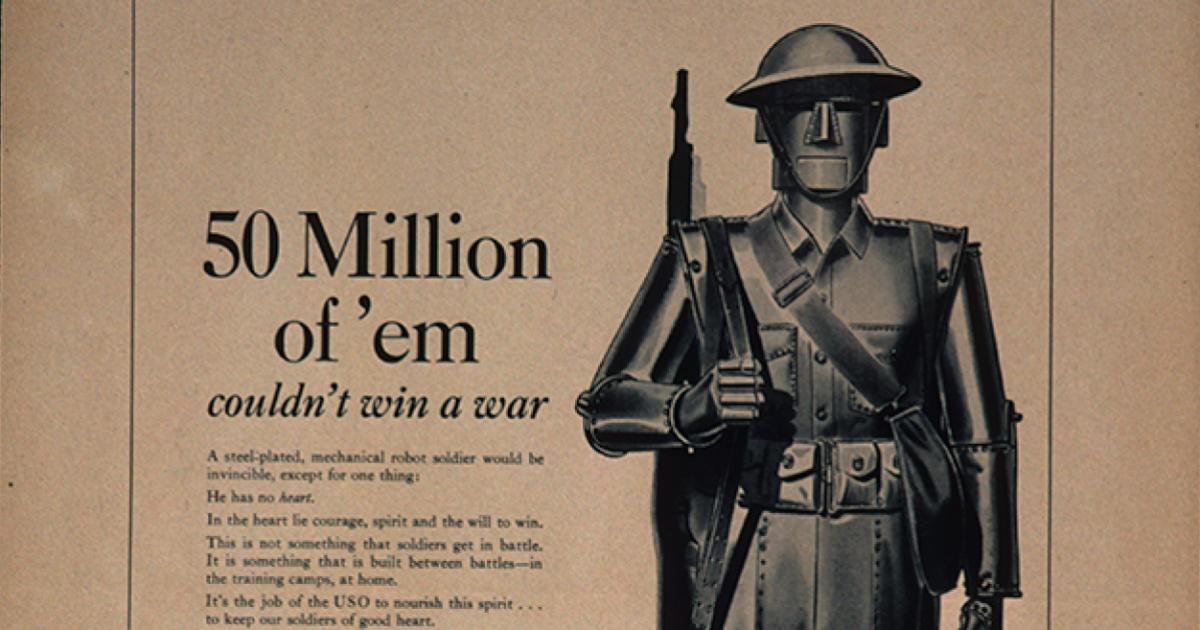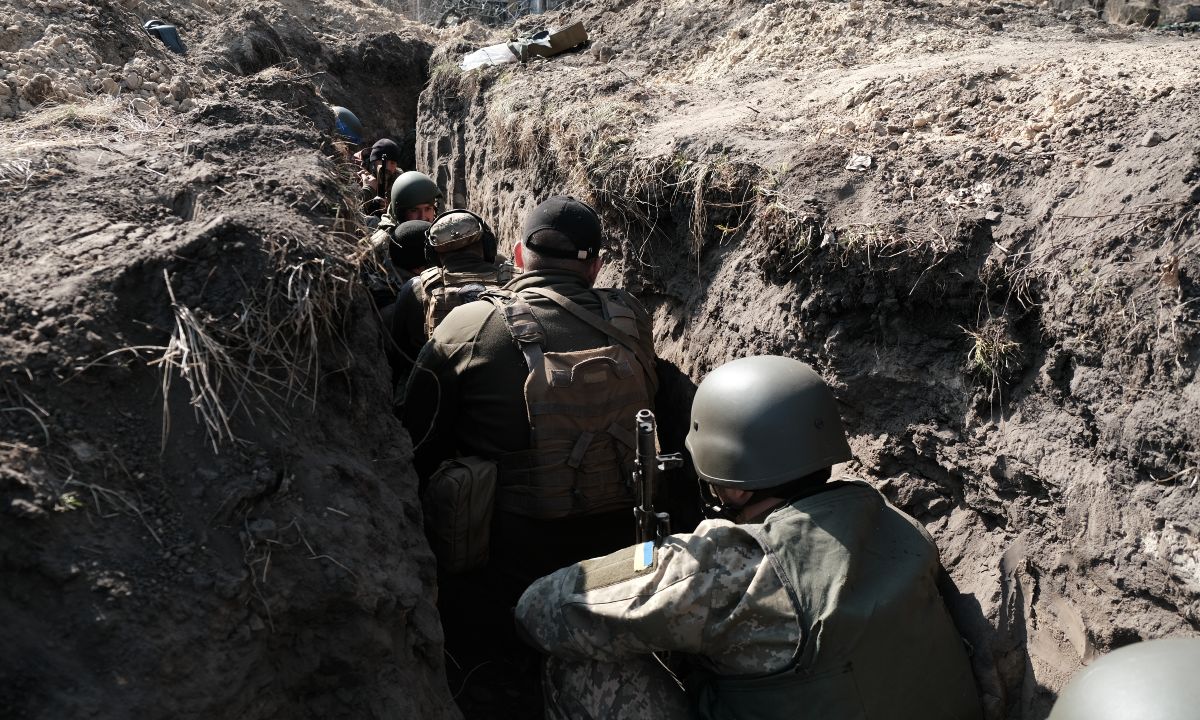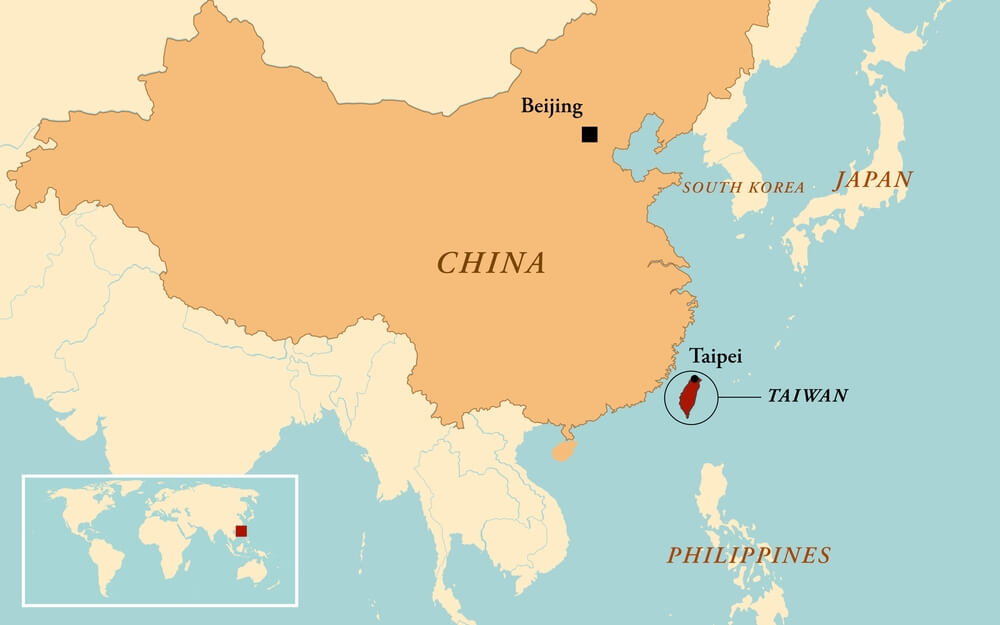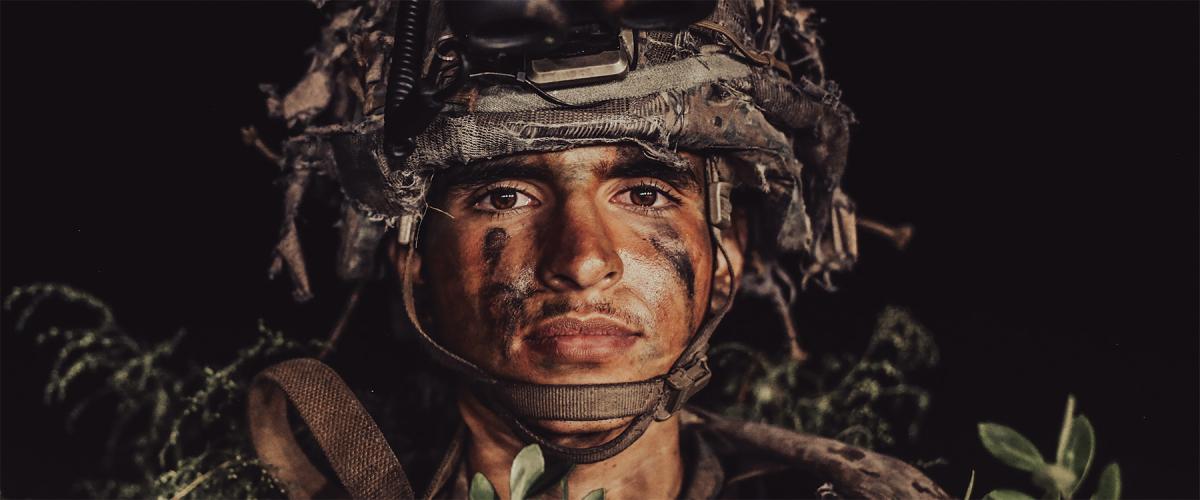- Reaction score
- 7,633
- Points
- 1,160
Interesting little article found yesterday.
Short form: Technology changes. Warfare is.

 www.hoover.org
www.hoover.org
The argument is summarized here:
The technology changes but the game remains the same.
....
Perhaps because I didn't say that. What I was responding to was the suggestion that there be no Javelins in the section and that they should be in specialist elements. My response was why not both?
I don't see a need to replace existing artillery systems. But those who lack existing artillery systems are looking for alternative means to deliver the same effects. And if they can't afford, or find guns, they can't afford or find aircraft either. That lack doesn't change their need or want to win wars and for that they need something that will do the same job as artillery.
Short form: Technology changes. Warfare is.

Drone Warfare In Ukraine: Historical Context And Implications For The Future
The Ukraine War has been dubbed the first drone war—and the first “StarLink War”—considering the publicly apparent role of advanced technologies in the conflict. However, the issue is what the Ukraine War might teach us about the future of military power.
The argument is summarized here:
A clear-eyed assessment of the battlefield realities in Ukraine demonstrates that drones are largely in continuity with the development of military capabilities coherently understood since the late 19th century. Their use in Ukraine is notable, simply because they carry to maturation concepts under long-term historical development. By generating a widespread reconnaissance-strike complex, drones in Ukraine allow both Ukraine and Russia to fight in a truly systemic manner, bringing to fruition the logic of the modern battlefield. There is much to learn from the Ukrainian case—and those that learn its lessons are likely to gain military power. But its lessons are primarily intellectual, not technical or material.
Modern military history demonstrates that, barring a decisive initial victory, most wars settle into a long-term positional rhythm, broken only by societal collapse or a well-designed, well-executed series of offensives over months or years.
The necessity of the breakthrough battle stems from changes in the character of war that began in the mid-19th century. Indirect fire artillery combined with rail-based long-range transportation and telegraphy to expand the battlespace in width and depth. This necessitated a new military logic that progressed beyond the linear tactical model that dominated early modern warfare, and which Napoleon ultimately perfected.
Moreover, the development of the modern bureaucratic state depersonalized military leadership. It is no coincidence that the final personalized battles of the 19th century occurred at the creation of the German Empire, which marked the final ascendance of bureaucratic governance and the destruction of the chivalric model that dominated from the 10th century. Campaigns had to be won over time in a series of engagements, individually disconnected, but made whole through a coherent strategic scheme.
The technology changes but the game remains the same.
....
I'm not sure how you see having Javelin in an AA platoon or company results in "deny the Javelin to the FEBA troops".
Perhaps because I didn't say that. What I was responding to was the suggestion that there be no Javelins in the section and that they should be in specialist elements. My response was why not both?
I like UAVs and missiles as much as the next guy but for some reason you seem to see a need to replace existing artillery systems.
I don't see a need to replace existing artillery systems. But those who lack existing artillery systems are looking for alternative means to deliver the same effects. And if they can't afford, or find guns, they can't afford or find aircraft either. That lack doesn't change their need or want to win wars and for that they need something that will do the same job as artillery.









